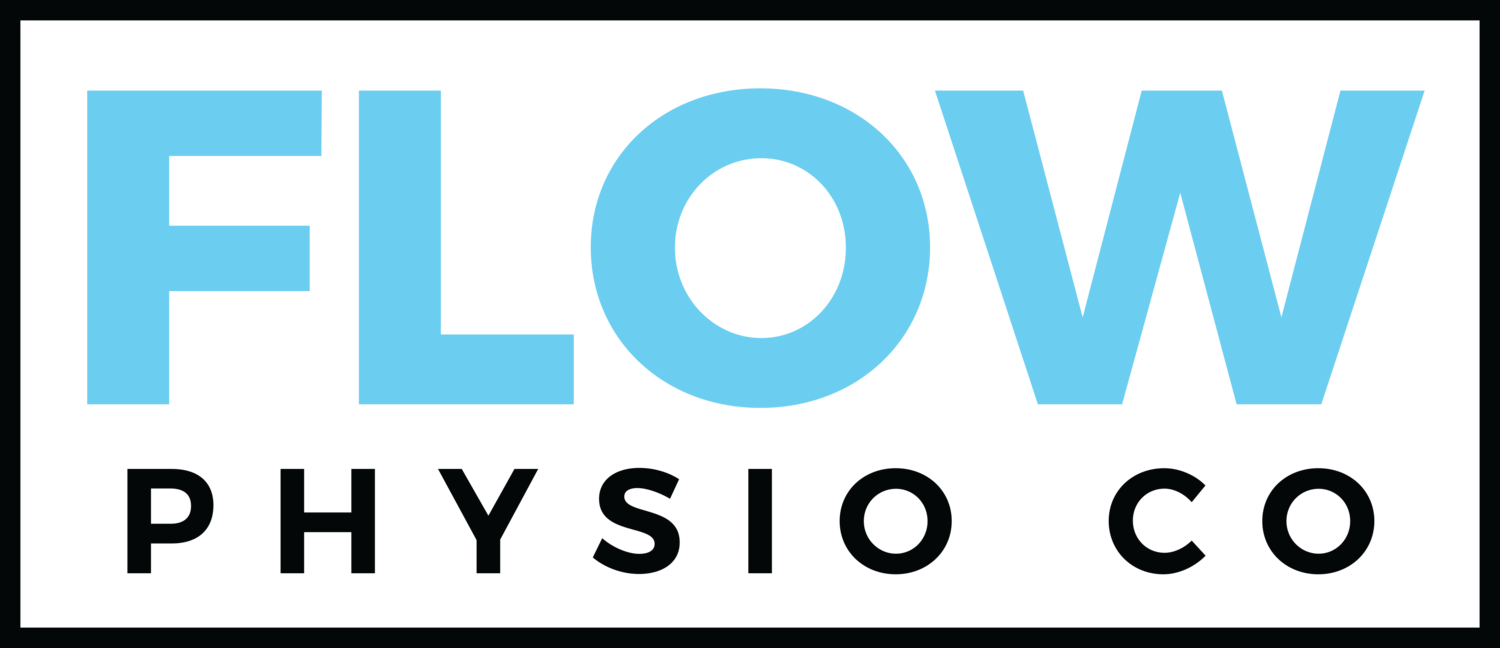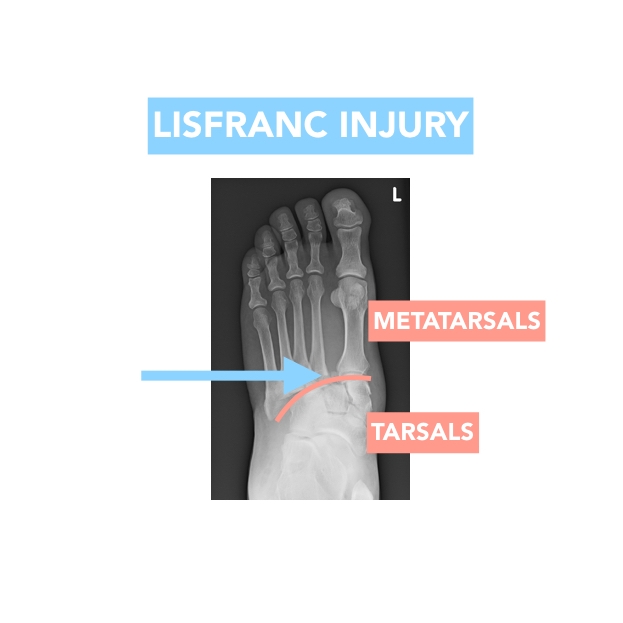DID YOU KNOW THAT Physical inactivity is now identified as the fourth leading risk factor for global mortality?
That's right, the fourth leading risk factor of global deaths is NOT moving enough. Sounds bizarre I know, but as a population, we have become well adapted to the conveniences of the modern world. Whether it's commuting, working, leisure time, home time etc. It is all based around more convenience and less movement, less labour, less physical activity and less exercise.
The World Health Organisation recommends that all healthy adults aged 18–64, without a specific medical reason not to, should participate in;
at least 150 minutes of moderate-intensity aerobic physical activity each week or;
at least 75 minutes of vigorous-intensity physical activity throughout the week or;
an equivalent combination of moderate- and vigorous-intensity activity, and;
muscle-strengthening activities which should be done involving major muscle groups on 2 or more days a week.
“Adults aged 18–64 should do at least 150 minutes of moderate-intensity physical activity each week”
So while 150 minutes might sound like a lot of time across the week, it's not.
Simply, it's 30 minutes across 5-days. Throw in a couple of strength sessions and you have a recipe (with strong evidence) to:
1. Improve brain health
Physical activity has been shown to increase brain size, improve memory and decrease dementia risk. In Australia between 2006 to 2015, dementia has moved from the fourth to the second leading cause of death.
2. Improve heart and lung health
Ischaemic heart disease, a condition that affects the supply of blood to the heart, has remained Australia's leading cause of death over the past decade.
Exercise and physical activity improves heart and lung function and decreases your cardiovascular disease risk.
3. Improve mental health and wellbeing
In Australia in 2014-15, around one in twenty Australians reported having both an anxiety-related condition and a mood (affective) disorder, such as depression.
Physical activity and exercises has been shown to be effective in decreasing the risk of depression and helps improve mental wellbeing.
4. Improve musculoskeletal health
Physical activity and exercise helps increase bone mineral density, decreases the risk of osteoporosis and fracture and improves muscular strength and fitness.
The take home message is really just to move. Find ways in your day, things that you like and things that you will want to do to get the body moving.
If you like pilates, do pilates.
If you're more a yogi, do yoga.
If you like the gym, get to the gym.
If you're a hiker, a rock-climber, a surfer, a sprinter, tai-chi'er or a jiu jitsu practitioner - then do that!
Just make sure you're moving your body, it thrives on it. It allows your brain to light up it's synapses, to move or stabilise joints and use its strength to lift and carry things, to accomplish a difficult task or to simply have fun.
Over time, with some capacity building, some strength progressions, some time in the game, you will see the benefits.
Get moving!
Did you know? Australia has launched the FIND YOUR 30 campaign that encourages Australians to find their 30 minutes of physical activity each day to lead a healthier and happier life.
Sources:






